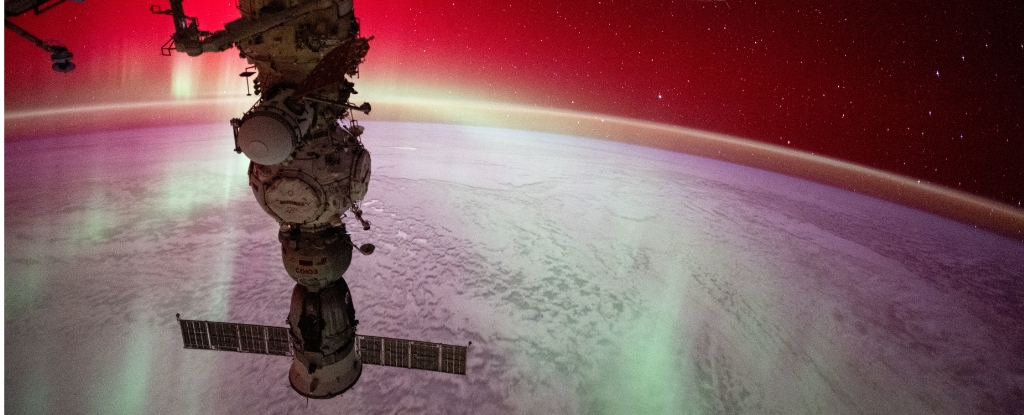Scientists have long wondered what happened to Mars’ once dense atmosphere that allowed liquid water to flow on the surface in the past. A new study suggests Mars’ atmosphere may have been absorbed by minerals in the planet’s clays over billions of years.
Researchers from MIT studied clays on Earth called smectites that are very efficient at trapping carbon dioxide from the atmosphere. They discovered similar smectites on Mars’ surface. Since Mars lacks tectonic plates, they investigated how this clay could have formed.

By looking at evidence of ancient water on Mars and the compositions of Martian rocks, the team developed a model where water reacted with olivine in the crust, releasing hydrogen that combined with carbon dioxide to form methane. This process slowly transformed the olivine into other minerals like serpentine and eventually smectite clay.
The smectite clay could have absorbed huge amounts of methane and stored carbon that was stripped from the atmosphere. The researchers estimate that if Mars was covered in the necessary 1,100 meter deep layer of smectite, it could explain where most of the planet’s original thick carbon dioxide atmosphere went over billions of years. So in this view, Mars’ missing air may be “hiding in plain sight” within the clays that now coat its surface.
Source: Space









